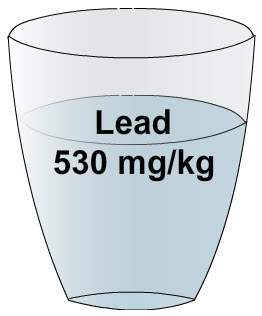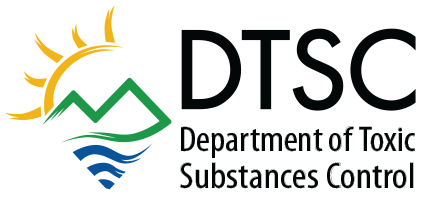Note: This web page is a part of DTSC's Hazardous Waste Classification training course.
TCLP and WET Test Methods

Toxic Characteristic Leaching Procedure (TCLP) and Waste Extraction Test (WET) are test methods used in California to determine whether a waste is a toxic hazardous waste. They are similar in that they:
- simulate what happens to a waste in a landfill setting with simulated landfill leachates and are both reported in milligrams of chemical per liter of extractant, and
- have a list of chemicals with concentration thresholds (regulatory thresholds), and are used to determine toxicity.
However, the similarity ends there: TCLP is not interchangeable with the WET and total analysis is not interchangeable with TCLP or WET.
The main differences between TCLP and WET are found both in laboratory analysis methods and the regulated chemicals that are tested:
| TCLP | WET |
|---|---|
| Involves 20-fold dilution of the solid portion of the waste to extractant fluid | Involves a 10-fold dilution of the solid portion of the waste to extractant fluid |
| Acetic acid extractant | Citric acid extractant |
| 18 hours extraction | 48 hours extraction |
| 7 inorganic (less aggressive than WET) | 19 inorganic (in general, more aggressive than TCLP) |
| 23 organic (volatiles use a zero headspace extractor) | 18 organic (zero headspace extractor not used) |
When a chemical in a solid waste is 100% soluble in the waste, then the theoretical maximum extractable concentration is:
- TCLP: 1/20 the total concentration
- WET: 1/10 the total concentration
For example, let’s say a solid waste has a 530 mg/kg total lead concentration. Without conducting a TCLP or WET, the theoretical maximum soluble results are:

TCLP: 26.5 mg/l

WET: 53 mg/l
Q5: Characteristics of Haz? Section Links
Hazardous Waste Classifications Training Links
Connect / Contact Us
Office Locations / Map
Sign up for an E-List
Regulatory Assistance Officers
Statewide Campaigns/Alerts
Report an Environmental Concern
Amber Alert
California Grants Portal
Register to Vote
Save Our Water.com



 Katherine M. Butler, MPH
Katherine M. Butler, MPH